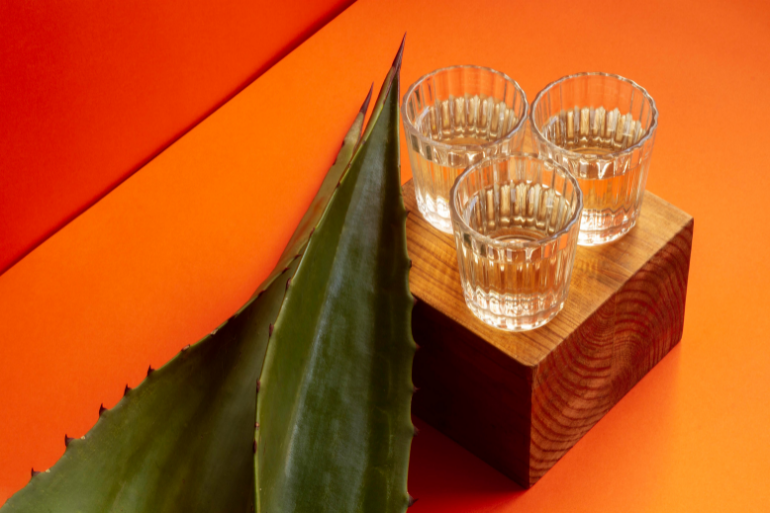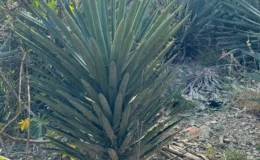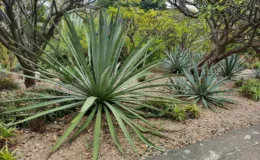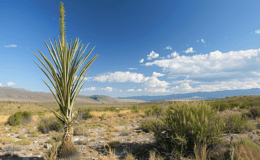A question that often arises from mezcal-drinking beginners is “what is the alcohol content of mezcal?” In this article, we’ll take a closer look at this question and explore the various factors that affect the ABV (alcohol by volume) of mezcal. We will also discuss how ABVs can differ from tequila spirits.
What is the general range of alcohol content for mezcal?
Mezcal can have an ABV ranging from 40-55% (80-110 proof), with most bottles falling somewhere in the middle of that range. Some artisanal mezcals may even have an ABV higher than 55% (110 proof). It’s worth noting that the alcohol content can also vary dramatically depending on the specific brand and type of mezcal.
Does the ABV depend on the type of agave plant?
Yes, the type of agave plant used can impact the alcohol content of mezcal. Each species of agave has its own unique sugar content, which affects the ABV. Espadín for example, the most commonly used agave in mezcal production is typically around 45% (90 proof). Other varieties, like Tobala and Madrecuixe, are known for their complex flavors and can have a higher ABV.
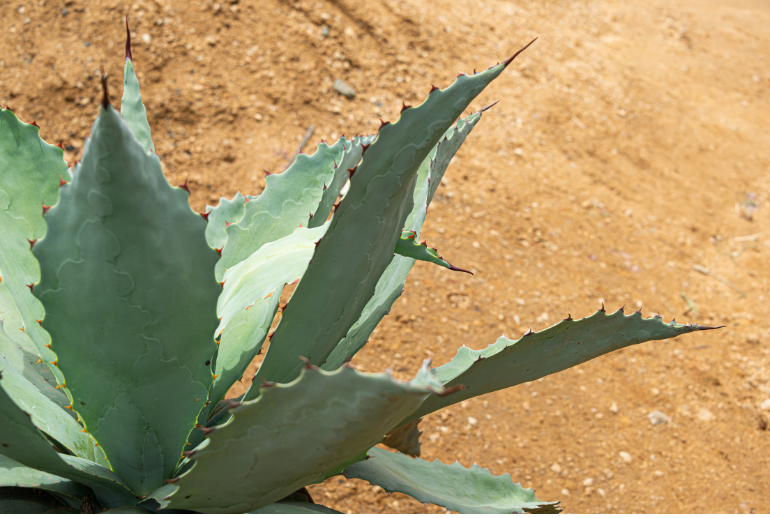
Is there a difference between the alcohol content of mezcal vs. tequila?
Yes, there is a difference between the alcohol content of mezcal and tequila. Mezcal typically has a higher alcohol by volume (ABV) than tequila, with most mezcals ranging from 40-55% ABV (80-110 proof), while tequila typically ranges from 35-55% ABV (70-110 proof).
The main difference between mezcal and tequila is the type of agave used in their production. Mezcal can be made from a variety of agave plants, while tequila must be made specifically from the blue agave plant. The type of agave used can impact the flavor and ABV of the finished product.
Mezcal is typically produced in smaller batches than tequila and is often made using traditional methods, which can result in a higher ABV. Additionally, mezcal is often distilled to a higher proof than tequila.
Another factor that can impact the ABV of mezcal and tequila is the aging process. Some tequilas and mezcals are aged in oak barrels, which can mellow out the flavor and decrease the ABV, and can add flavor notes.
Why do different varieties of mezcal have different ABVs?
The ABV of mezcal can vary depending on the production process, and this is often a deliberate choice made by the maestro mezcalero (the person who makes the mezcal). The mezcalero may choose to distill the mezcal to a higher or lower ABV based on the desired flavor profile and strength of the final product. Additionally, different types of agave plants may have different sugar contents, which can affect the ABV.
How does the mezcal production process impact the alcohol content of any given mezcal?
The mezcal production process can have a significant impact on the alcohol content of mezcal. Mezcal is typically produced through a series of steps that involve harvesting, roasting, crushing, fermenting, and distilling the agave plant.
The first step in the mezcal production process is the harvesting of the agave plant. The agave plant takes years to mature and must be harvested at the right time to ensure maximum sugar content. The sugar content of the agave plant will ultimately impact the alcohol content of the finished mezcal.
After the agave plant is harvested, it is roasted to break down the complex carbohydrates into simple sugars, which can then be fermented. The length of time and method of roasting can impact the flavor and alcohol content of the finished mezcal.
Once the agave plant has been roasted, it is crushed to extract the juice, which is then fermented using natural yeast. The length of time and conditions of fermentation can also impact the alcohol content of the finished mezcal.
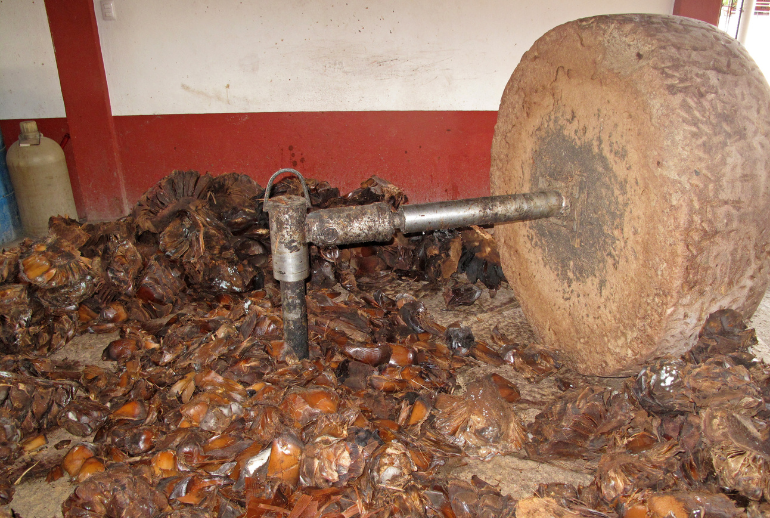
After fermentation, the agave juice is distilled to produce mezcal. The ABV of the finished mezcal will depend on the number of times it is distilled and the proof at which it is distilled. Most mezcals are distilled twice, but some may be distilled three times, which can result in a higher ABV.
The type of still used in the distillation process can also impact the alcohol content of the finished mezcal. Traditional mezcal is often produced using a clay pot still, which can result in a higher ABV, while industrially made mezcals may be produced using copper stills, which can result in a lower ABV.
Overall, the mezcal production process has a significant impact on the alcohol content of any given mezcal. From the sugar content of the agave plant to the length of fermentation and distillation, every step of the process can impact the final ABV of the finished mezcal.
How does alcohol content impact the flavor of mezcal?
The alcohol content can have a significant impact on the flavor of mezcal. Higher ABV mezcals are stronger and have a more intense flavor profile, while lower ABV mezcals are smoother and more mellow.
Let’s talk about the alcohol content of various mezcal cocktails
When mezcal is used in cocktails, the ABV can vary depending on the specific recipe and ingredients. For example, a mezcal margarita typically has an ABV around 15-20%, while a mezcal old fashioned may have a higher ABV closer to 30%. It’s important to note that the ABV of a cocktail can vary depending on the amount of mezcal used and the other ingredients in the drink. It’s always a good idea to drink responsibly and be mindful of the alcohol content of any cocktails you consume.
Does aging mezcal in oak barrels do anything to the finished product?
Aging mezcal in oak barrels can have a significant impact on the finished product, both in terms of its flavor profile and its alcohol content. The process of aging mezcal in oak barrels is similar to the aging process used in the production of other spirits, such as whiskey or bourbon.
One of the primary ways that aging mezcal in oak barrels can impact the finished product is by adding new flavors to the spirit. Oak barrels are porous, allowing the mezcal to absorb flavors from the wood over time. Some of the most common flavors associated with aged mezcal include vanilla, caramel, and spice, which can all be imparted by the oak barrels used in the aging process.
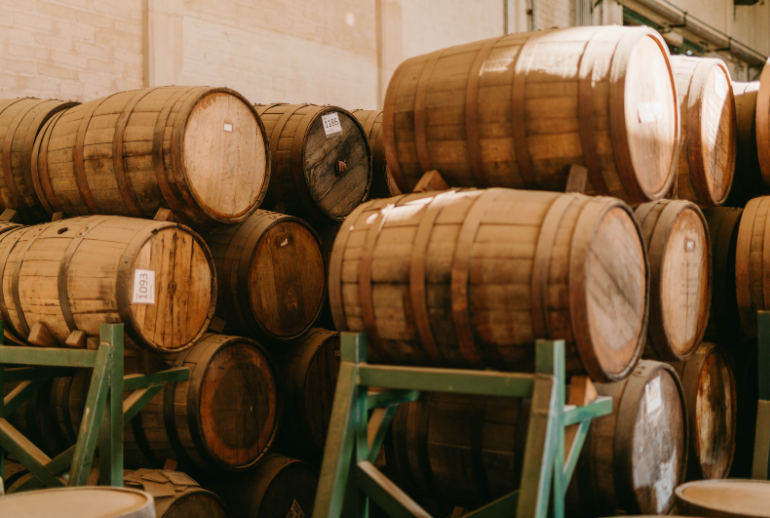
In addition to adding new flavors, aging mezcal in oak barrels can also mellow out some of the harsher flavors and aromas that are present in younger mezcal. This is because the wood in the oak barrels can act as a natural filter, removing impurities and creating a smoother, more refined taste.
The aging process also impacts the alcohol content of mezcal. During the aging process, some of the alcohol in the mezcal evaporates, which leads to a reduction in overall alcohol content. Additionally, if the oak barrels used in the aging process were previously used to age other spirits, such as whiskey or bourbon, they may already contain some residual alcohol, which can contribute to the overall ABV of the aged mezcal.
Do artisanal mezcals have a higher or lower ABV?
Artisanal mezcals are typically made in small batches using traditional methods, and are considered to be of higher quality than commercial mezcals. These mezcals may often have a higher ABV than commercial mezcals, as the mezcalero has more control over the production process.
Many mezcal purists would tell you that the agave spirit should at least have an ABV of 45% if not 50%+, otherwise it is not of good quality.
What about the differences between roasted agave and cooked agave
Roasting and cooking are two different methods used to prepare agave plants for mezcal production. Roasting involves cooking the agave in an underground pit oven, while cooking involves steaming the agave in an above-ground oven. Roasting can result in a smokier flavor profile, while cooking may result in a sweeter flavor. The ABV can vary depending on the method used, but typically roasted agave may result in a higher ABV mezcal.
What about the fermentation process impacts alcohol content?
The fermentation process is a critical step in mezcal production, as it converts the sugars in the agave into alcohol. The length of the fermentation process impacts the ABV of the final product. Longer fermentation times result in a higher ABV mezcal, while shorter fermentation times result in a lower ABV. The type of yeast used in the fermentation process can also impact the ABV and flavor of the mezcal.
Conclusion
In conclusion, the alcohol content of mezcal can vary depending on a variety of factors, including the type of agave used, the production process, and the aging process. Mezcal typically has a higher ABV than tequila, and the ABV can vary from 40-55% for most mezcals.. Understanding the factors that impact the ABV and flavor of mezcal can help you choose the right bottle for your taste preferences, and ensure that you can enjoy this iconic Mexican spirit responsibly.

